Item Origins
Item Origins Item Origins is functionality within Formpak whereby the same Raw Material may be managed from different origins e.g. Natural, Synthetic, Carryover. This may be useful where a customer permits a natural origin, but prohibits a synthetic origin, or if legislation allows trace carryover amounts, but prohibits directly added. For example – Origins of Estragole. Natural Tarragon oil contains 80% Regulatory Estragole. Synthetic Estragole contains 100% Regulatory Estragole. Note that Ta...





















